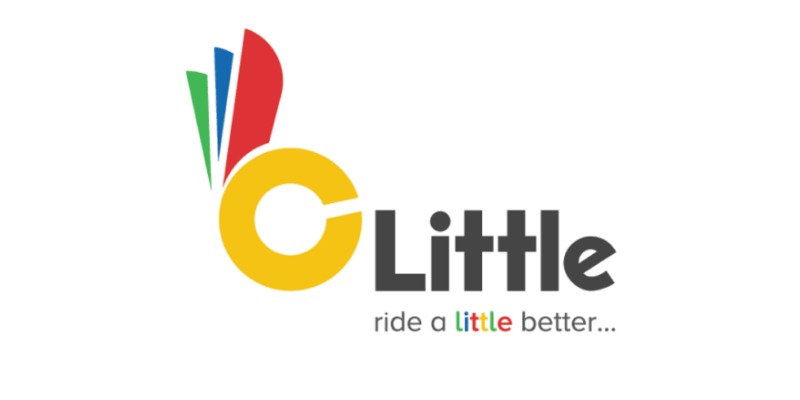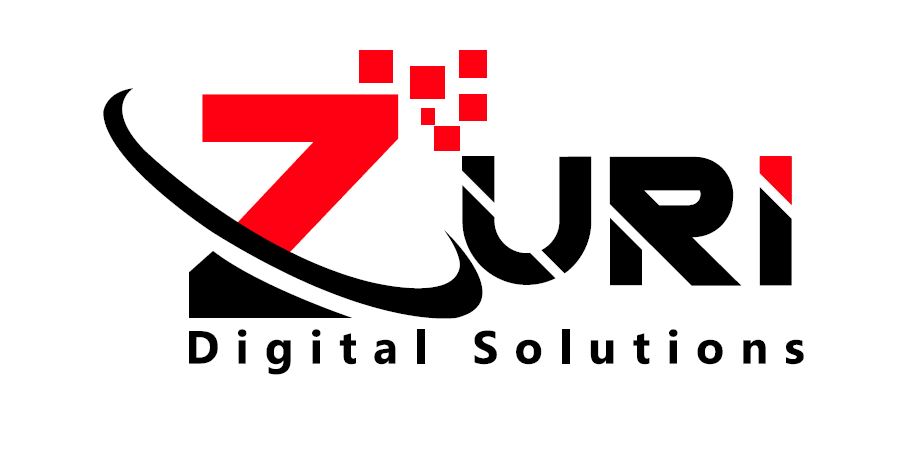All You Need to Know About Succession Planning

In today’s competitive landscape, succession planning has become essential for sustainable growth and stability, making it a core part of talent management practices. As businesses face talent shortages, senior leaders retiring, and unexpected changes in key roles, a comprehensive succession planning strategy helps ensure leadership continuity. Succession planning is more than just identifying replacements for top leadership—it’s a holistic process that develops a talent pipeline across all levels, securing the company’s long-term success.
What is Succession Planning?
Succession planning is a proactive talent management strategy to identify and develop internal candidates for key roles, ensuring continuity when leaders transition. This approach preserves business operations, culture, and values by preparing future leaders and addressing skill gaps through tailored leadership development programs.
Why is Succession Planning Important?
1. Leadership Continuity
One of the main reasons for this process is to maintain leadership continuity across critical roles. By identifying high-potential employees early, companies can ensure the smooth transfer of knowledge and responsibilities, minimizing disruption and preserving performance in business operations.
2. Preservation of Institutional Knowledge
Every organization has institutional knowledge that is unique and irreplaceable. Knowledge transfer is an essential part of the process, allowing current leaders to pass down their insights, relationships, and best practices. Through mentorship, senior executives can ensure that internal candidates for future roles are well-prepared, shortening their learning curve and preserving the organization’s legacy.
3. Cost Savings and Efficiency
Succession planning reduces the costs associated with recruiting external candidates for leadership positions. Internal candidates are already familiar with the company’s culture, goals, and work environment, which can lead to faster transitions and increased efficiency. Moreover, when key employees see a clear career path within the company, they’re more likely to stay, reducing turnover rates and enhancing team stability.
4. Career Development and Employee Retention
A strong process not only supports leadership development but also boosts employee morale by offering clear career planning opportunities. When high-potential employees see a defined career path ahead, they are more motivated and committed to their roles. This commitment is essential for creating a strong talent pool ready to step into leadership roles when the right time comes.
Steps to Build an Effective Succession Plan
An effective succession planning process should be well-structured and aligned with the organization’s strategic goals. Here’s a breakdown of the core steps:
1. Identify Key Roles and Critical Positions
The first step is to identify key roles that are crucial to achieving the company’s strategic goals. These often include senior leadership positions and specialized roles that are difficult to fill. By focusing on these key people, the organization can direct development strategies and resources to areas that are essential for future growth.
2. Assess the Talent Pool and Identify Potential Candidates
Assessing the existing talent pool is essential for identifying potential succession candidates. Evaluate current employees’ skills, performance, and long-term potential for growth, especially those considered high-potential individuals. Consider using performance management tools and talent management assessments to measure competency and readiness for leadership positions. Aim to select multiple candidates for each key role to avoid dependency on one individual.
3. Create Development Strategies and Individual Development Plans (IDPs)
For each potential candidate, develop a personalized career development plan to close specific skills gaps. These development strategies can include mentorship, rotational assignments, stretch projects, and formal leadership programs. By setting clear action plans and timelines, organizations can effectively prepare future leadership roles for a seamless transition.
4. Offer Mentorship and Coaching
Mentorship and coaching are critical to succession programs, facilitating both career development and knowledge transfer. Pair potential leaders with current senior executives to provide real-world insights and hands-on experience. Mentorship strengthens internal relationships, supports career planning, and creates an environment where employees can learn from those in senior roles.
5. Monitor Progress and Reevaluate Plans
Succession planning is not a one-time task but a dynamic process that requires regular monitoring and updates. Periodically evaluate the progress of each potential candidate and adjust development plans as needed. Continuous monitoring ensures that your organization is well-prepared for succession at any time, without gaps in talent or leadership.
6. Emphasize Transparency and Communication
Transparency is crucial to creating a culture of trust. Clearly communicate the organization’s succession planning strategy and commitment to talent development. While it’s not necessary to disclose individual successors, it’s important to show employees that the company is investing in their future growth and career path.
Challenges in Succession Planning and Solutions
1. Lack of Buy-In from the Leadership Team
Some leaders may resist the planning strategy, particularly if they feel insecure about their own positions. To overcome this, emphasize the importance of leadership continuity and align succession planning with the organization’s strategic goals. Buy-in from the leadership team is essential to secure resources and support for the talent development programs.
2. Talent Retention
High-potential employees may feel undervalued if career advancement opportunities are delayed. To avoid this, offer interim leadership roles, career development assignments, or additional responsibilities to signal potential career growth without formal promotions. Recognizing high-potential employees and providing meaningful opportunities can help retain them.
3. Limited Resources for Development Programs
Budget constraints can limit access to formal leadership development programs, especially for small businesses. To address this, consider alternatives such as cross-functional team projects, peer mentoring, or online learning programs. Investing in cost-effective talent development solutions can still provide employees with the leadership skills they need.
Best Practices for Successful Succession Planning
- Start Early: Begin the planning process as soon as possible to give potential candidates enough time to develop and grow into future roles.
- Build a Diverse Talent Pool: Consider candidates from diverse backgrounds, ensuring a range of perspectives and ideas are represented in future leadership roles.
- Use Data-Driven Insights: Performance management data and analytics offer objective insights into potential candidates, helping companies make more informed succession decisions.
- Create a Culture: Succession planning should be part of the organization’s DNA. Employees at all levels should understand the importance of people management and their own potential career path within the company.
- Incorporate a Comprehensive Planning Approach: Include both short-term and long-term goals, so the organization is prepared to adapt to changes in key positions or shifts in strategic goals.
Conclusion
Succession planning is an essential part of talent management that supports business continuity, employee engagement, and cost savings. By nurturing a diverse pipeline of future leaders, companies can ensure a seamless transition in leadership positions and protect their business operations from disruption. A successful succession planning strategy is proactive, comprehensive, and aligned with strategic goals, giving organizations a competitive edge and a stable path toward the future.























